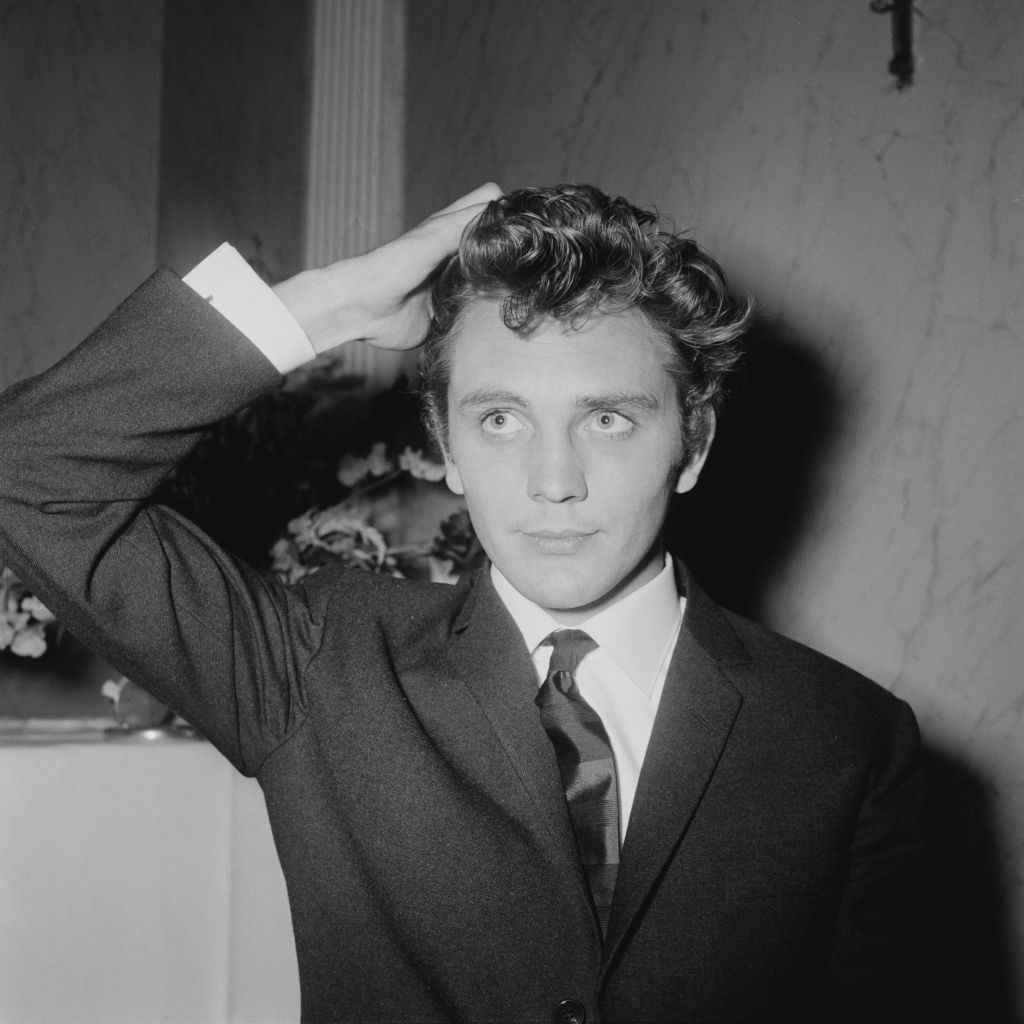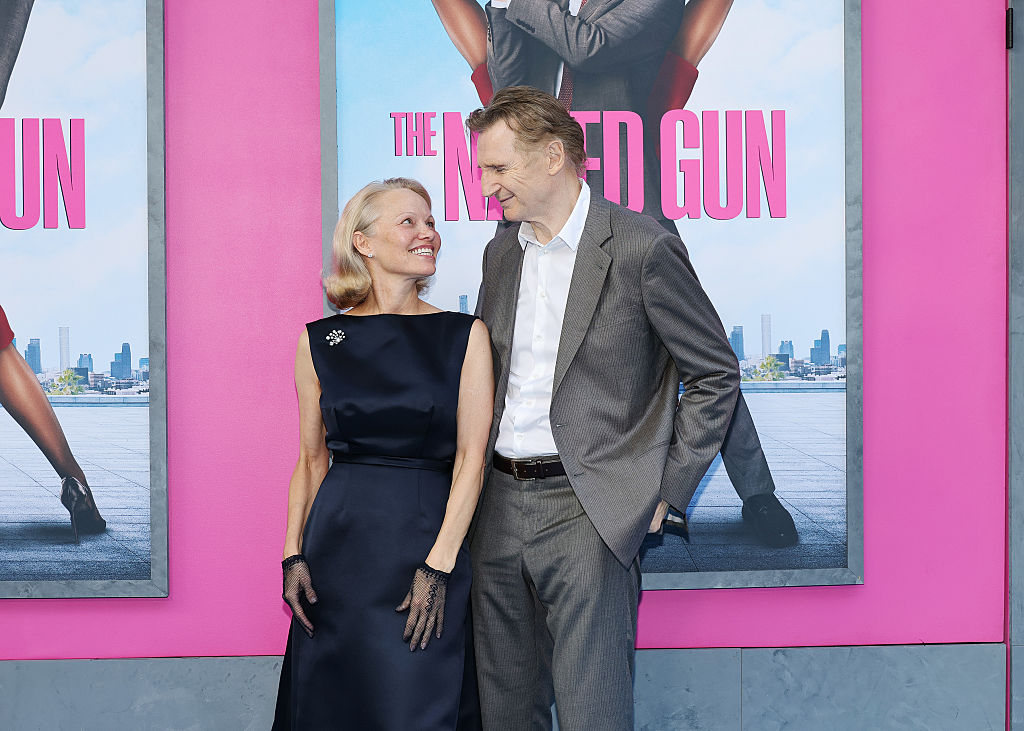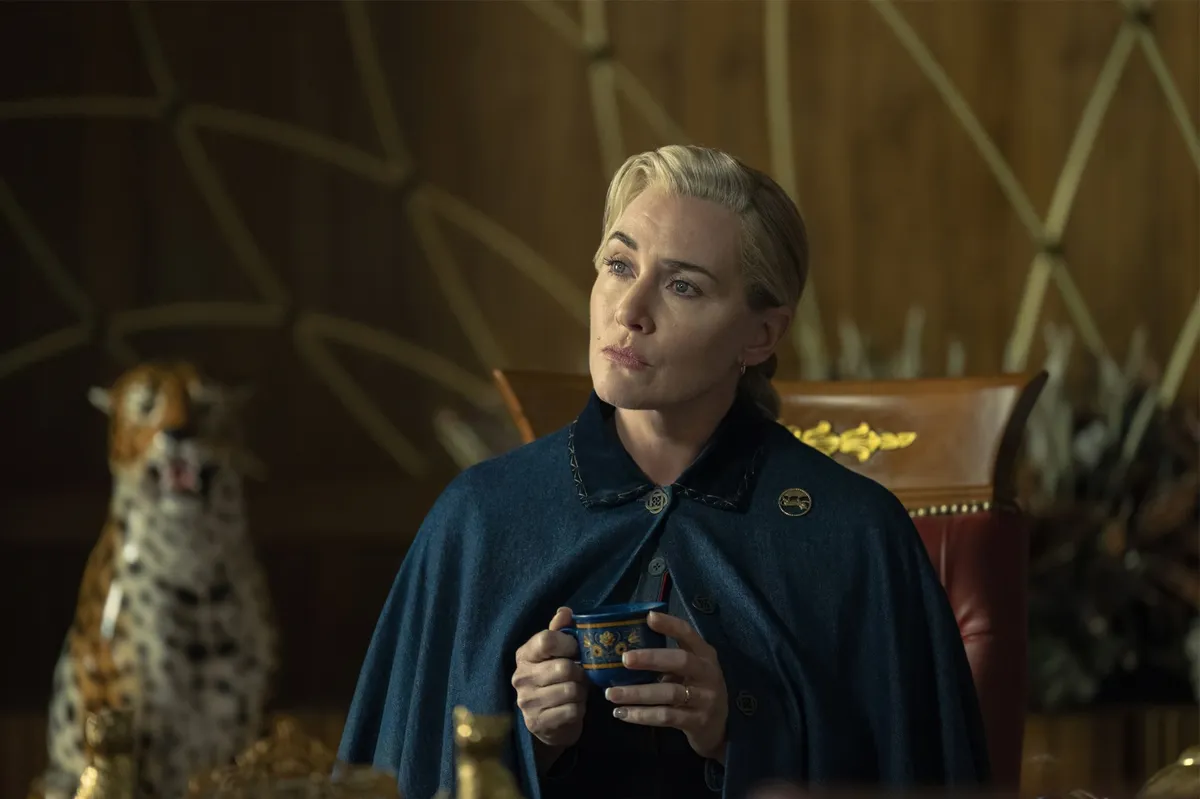There are two famous images of the late Terence Stamp, one taken from one of his films, the other from a photoshoot by Terry O’Neill in 1963. In the first, he is shown in his regimental outfit, in character as the dashing but weak Sergeant Troy from the 1967 adaptation of Far From The Madding Crowd, with his inamorata Julie Christie, who played Bathsheba Everdene, beside him. In the second, he is shown looking intensely directly into O’Neill’s camera next to another lover of his, the model Jean “The Shrimp” Shrimpton, in a startlingly modern image that looks as if it could have been taken today. In both cases, Stamp looks like what he was: the single coolest man alive.
When he was given a good script and a good director, Stamp was still magnificent
When people tend to write about the legacy of the Sixties, it’s usually a lazy list of clichés: Woodstock, the Beatles, “Summer of Love,” long hair, great billowing clouds of marijuana smoke. What should always be on this list is the Kinks’ song “Waterloo Sunset,” which is not only one of the greatest singles of the decade, but an ode to Stamp and Christie, specifically in the lyrics “Terry meets Julie/Waterloo station/Every Friday night” and then “But Terry and Julie/Cross over the river/Where they feel safe and sound.” Ray Davies, the songwriter, then goes on to suggest, impishly, “And they don’t need no friends/As long as they gaze on Waterloo sunset/They are in paradise.”
Stamp was perhaps, as one wag dubbed him, “the most beautiful man in the world,” just as Christie had fair claim to be the most beautiful woman of her time. Yet while her career prospered and she rose in global acclaim throughout the Sixties, her one-time paramour seemed largely uninterested in fame and celebrity. He turned down the lead role in Alfie, which made his former flatmate Caine a superstar, and picked and chose the kind of parts that led to critical acclaim without making him a great deal of money, such as the obsessed lead in the John Fowles adaptation The Collector and Ken Loach’s first foray into cinema, Poor Cow.
It was somehow typical of Stamp that, offered the role of James Bond when Sean Connery quit the series, he refused and instead went to Italy to star in Federico Fellini’s Toby Dammit, an Edgar Allan Poe adaptation. Then, tiring of the acting life altogether, he disappeared off to India for the best part of a decade in order to live on an ashram and explore an altogether simpler, meditative existence.
For largely financial reasons, Stamp was coerced back into acting with the Superman pictures, in which he was amusingly arch as the baddie General Zod, and thereafter found a second career as an elder statesman in often undistinguished projects. If you’d seen the BBC’s recent adaptation of His Dark Materials, there’s Stamp in a small role, just as he popped up as a galactic politician in the deathly dull Star Wars Episode 1: The Phantom Menace. Yet when he was given a good script and a good director, as he was with Steven Soderbergh’s The Limey and the riotous cross-dressing comedy The Adventures of Priscilla, Queen of the Desert, he was still magnificent, channelling all the energy, gravitas and eccentricity that he had shown from early on in his career.
Still, it is not for his latter-day work that Stamp will ultimately be remembered, but for his iconic and legendary presence in that most myth-laden and misunderstood of decades. Many of the greatest people in the twentieth century did much of their best work throughout the Swinging Sixties, but Terence Stamp, that bloody-minded and deeply individualistic actor, did not so much define the decade as bend it to his will. And that is an accomplishment that you imagine most of his peers would have given up vast amounts of their success to match.


























Leave a Reply